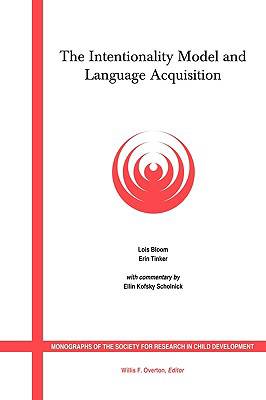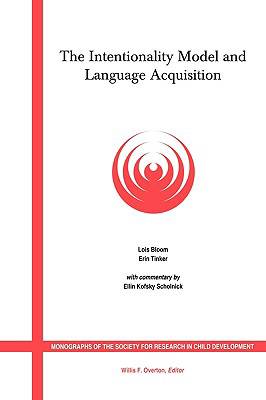
- Retrait gratuit dans votre magasin Club
- 7.000.000 titres dans notre catalogue
- Payer en toute sécurité
- Toujours un magasin près de chez vous
- Retrait gratuit dans votre magasin Club
- 7.000.0000 titres dans notre catalogue
- Payer en toute sécurité
- Toujours un magasin près de chez vous
Model and Language Acquisition
Engagement, Effort and the Essential Tension in Development
Lois Bloom, Erin Tinker
99,95 €
+ 199 points
Description
The Intentionality Model builds on the child's engagement in a world of persons and objects, the effort that learning language requires, and the essential tension between engagement and effort that propels language acquisition. According to this perspective, children learn language in acts of expression and interpretation; they work at acquiring language; all aspects of a child's development contribute to this process.
- Provides results of a longitudinal study which examined language acquisition in the second year of life in the context of developments in cognition, affect, and social connectedness
- Results of lag sequential analyses are reported to show how different behaviors--words, sentences, emotional expressions, conversational interactions, and construction thematic relations between objects in play--converged, both in the stream of children's actions in everyday events, in real time, an in developmental time between the emergence of words at about 13 months and the transition to simple sentences at about 2 years of age
- The conclusions show that performance counts for explaining language acquisition; language is not acquired independently but in relation to other behaviors; acquiring language is not easy and requires the work of behavioral coordination
Spécifications
Parties prenantes
- Auteur(s) :
- Editeur:
Contenu
- Nombre de pages :
- 116
- Langue:
- Anglais
- Collection :
- Tome:
- n° 66
Caractéristiques
- EAN:
- 9781405100892
- Date de parution :
- 21-12-01
- Format:
- Livre broché
- Format numérique:
- Trade paperback (VS)
- Dimensions :
- 156 mm x 230 mm
- Poids :
- 163 g

Les avis
Nous publions uniquement les avis qui respectent les conditions requises. Consultez nos conditions pour les avis.






